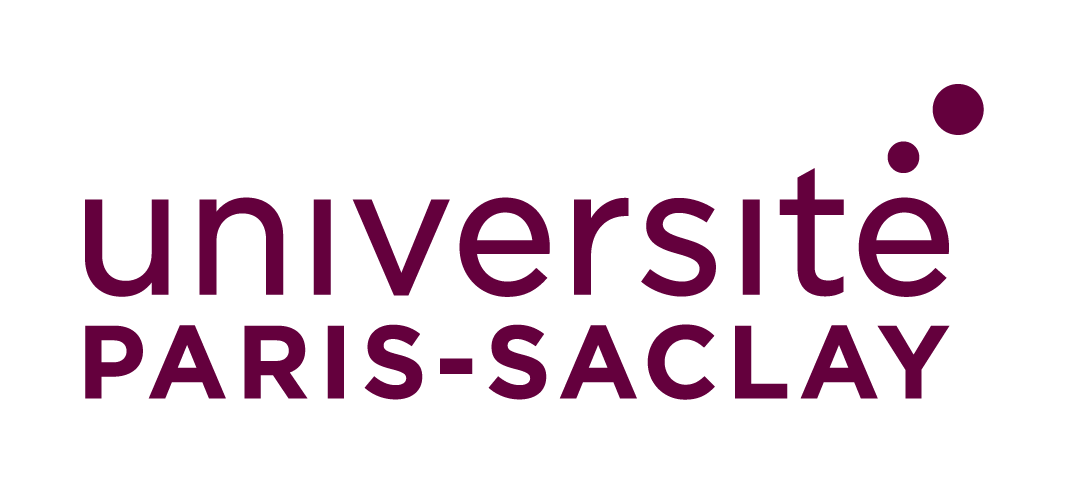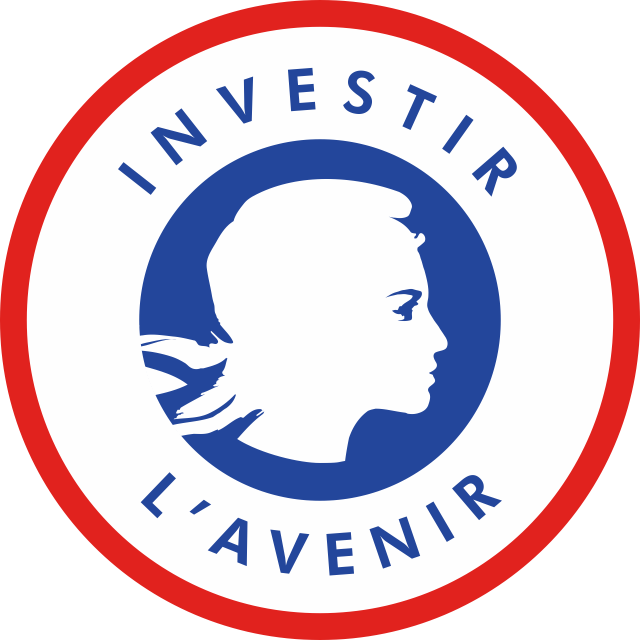2019 CLand Interns

Ms. Meriam ARFAOUIMeriam's internship took place from March to August 2019 in partnership between the Systematic Ecology & Evolution (ESE) laboratory and the International Center for Research on Environment and Development (CIRED), under the supervision of Améline Vallet and Thierry Brunelle. The main objective of the internship was to analyze the dynamics of land use change in the El Marino watershed between 1976 and 2019 and to determine the drivers of these changes. The first part of the internship consisted of a literature review, in order to identify the potential drivers at work in the area. The most relevant drivers were mapped: slope, altitude, accessibility to the land, accessibility to markets, distance to water resources and soil quality, population density and finally, the proximity and zoning of protected natural areas. Then the association between these different drivers and changes in land use were analyzed using descriptive statistics (Student's test). Agricultural colonization, like urbanization, occurred mainly in accessible, low-lying, low-slope areas. These areas saw their population increase over the period. In contrast, reforestation is mainly observed in inaccessible areas, and where the population has declined. Agricultural colonization and deforestation are less important within the protected natural area. |
|
Mr. Kofi KONADU-BRITWUMThe objective of the internship is to empirically study, via an econometric analysis, the determinants of the payment of international aid for the mitigation of climate change from developed countries to developing countries. The aim is to adopt a bilateral (donor-recipient country) and sectoral approach to aid by differentiating the “land-based” sectors (the agricultural, forestry and fishery sectors) from other sectors. The potential determinants of this aid are the mitigation needs in the different sectors of donor and recipient countries, such as sectoral emission levels, but also strategic factors, such as the commercial interests of donor countries (increasing market shares export or import at lower cost). Empirical results show that bilateral trade plays a major role in the likelihood that a country will receive mitigation aid and also in the amount of aid it receives. The results also show that more aid is allocated to sectors where there is more trade flow. Finally, this econometric analysis highlights the result that donor and recipient emissions play no significant role in determining the sectoral allocation of mitigation aid when bilateral trade is taken into account. |
|
|
Mr. Issam-Ali MOINDJIEThe objective of my internship was to analyze the interactions between ecosystem services (ES) in France using exploratory spatial data analysis tools. Then using spatial modeling, determine the factors (land use and biophysical variables) responsible for this interdependence. The last part aimed to understand how land uses are influenced by economic (land prices, etc.), demographic (population density) variables. |
Mr. Hunter SMITHExogenous organic matter (EOM) amendments are used by agricultural producers to improve agronomic yields and to increase the fertility of the soil. Farmers in the Plaine de Versailles et Plateau de Alluets (PVPA) use a variety of organic amendments including: green compost, sewage sludge, cattle slurry, pig slurry, cattle manure, horse manure, anaerobic digestate, and others (Moinard 2018). The addition of these organic fertilizers has environmental implications, such as the increase of carbon storage in agricultural soils, leaching of nitrates, and emission of greenhouse gases. Due to these implications, it is useful to monitor EOM fertilization practices. Remote monitoring of these practices via satellite imagery offers the potential to acquire this data more efficiently. The Sentinel-2 satellite series is the instrument of choice for this study since it is freely available and offers frequent revisit intervals. Using the Sentinel2 series, the spectral changes that occur following EOM fertilization were documented. The most significantly impacted spectral regions were used to construct three Exogenous Organic Matter Indices (EOMI), which were evaluated based on separability. The EOMI exhibiting the most separability was used to create a time series and map of predicted EOM amendments. The overall results show that the created EOMI can be used to distinguish between bare soil and the EOM fertilization events. |



